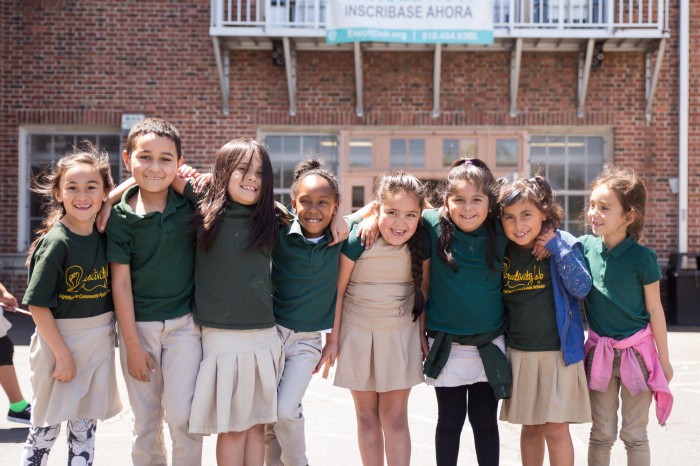| Every child is different and those differences can include the ways the children learn to read. Whether we identify those learning differences early and respond to them can make all the difference. Dyslexics are overrepresented in self made millionaires and prison inmates, the difference is in whether that so called “neurocognitive” difference is identified and addressed. Locally, Palo Alto Unified recently screened its K-2 students for dyslexia and found that up to 25% may have it. This is how one East Oakland school is addressing an issue that we hope more schools will. There is widespread agreement about dyslexia and the implications of our failure to screen for it. The Department of Education calls it “one of the greatest contributing factors to lower achievement scores in reading.” Dyslexia is a neurocognitive difference that impacts how people recognize and distinguish sounds, making it hard to match sounds to letters – which is essential when learning to read. Without the proper screening and support, millions of Americans are left to struggle in silence. It would appear that everyone is on the same page about the importance of screening students for dyslexia and to teach them how to read. The California Department of Education Dyslexia Guidelines further state: We have learned to identify people with dyslexia at a very early age and later in life. And we have learned that early identification and intervention is very important. That’s from the first page of the guidelines; it’s not hard to find. From those same guidelines:We have also learned how to treat people with dyslexia to read fluently and with comprehension. Extensive research has shown that reading instruction for students with dyslexia must teach phonemic awareness–the ability to recognize and manipulate phonemes … To recap: We agree there’s a neurocognitive difference that requires immediate attention. We also know how to identify and support students who have this condition. So we should be good, right? Just screen students K-2 and follow best practices. Simple. Except no one has stepped up to actually screen students with dyslexia. “We haven’t done anything in that area in Oakland,” said Kareem Weaver of the Oakland NAACP. “District or charter.” Until now, that is. Lighthouse Community Public Schools, the East Oakland based CMO, is partnering with the Oakland NAACP and FULCRUM (an organization Weaver founded to support the NAACP’s literacy work) on a dyslexia screener pilot program. Information from the pilot will help inform its focus on the science of reading and taking a structured literacy approach to getting all students to read on grade level. Rich Harrison, Lighthouse’s new CEO, said that a number of factors, including distance learning, a charter renewal hearing, and new leadership made this the right time to re-examine its approach to early literacy. But the idea is not just that students at Lighthouse will benefit. “We have a lot of work to do around the reading proficiency rates coming out of Deep East Oakland,” Harrison said. “We want to be transparent, and we want others to learn from our successes, challenges and mistakes as well.” |
What do you think?

